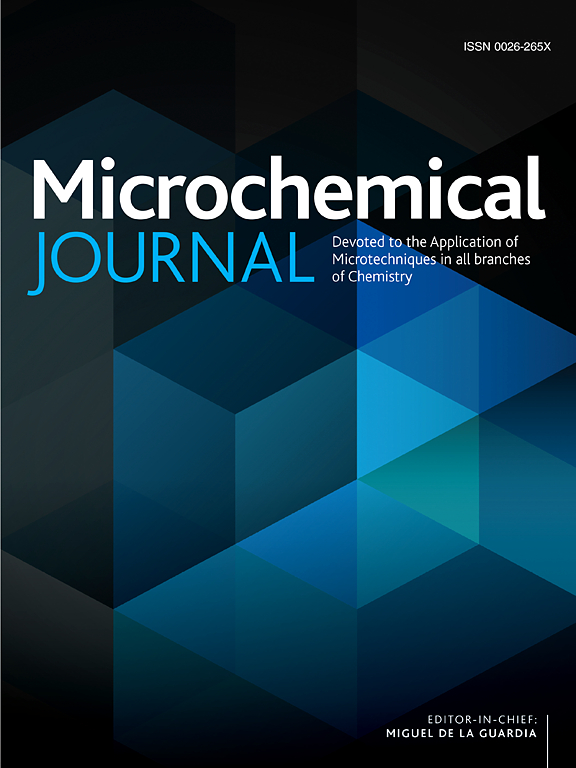Comprehensive optical analysis of aqueous dissolved organic Matter: From sampling techniques to analytical interpretation
IF 4.9
2区 化学
Q1 CHEMISTRY, ANALYTICAL
引用次数: 0
Abstract
Ultraviolet–visible spectroscopy (UV–Vis) and fluorescence spectroscopy have been used widely to study dissolved organic matter (DOM), however, it is scarce to find a relatively complete and detailed protocol together with analytical methods for the characterization of DOM in aquatic environments. This warrants a review of materials and methods as well as the applications of DOM optical parameters from a wider range of research topics along with a critical comparison of the individual parameters. In this review we provide a comprehensive optical analysis of aqueous DOM, focusing on refining sampling techniques and advancing analytical interpretation to enhance water quality assessments. The study systematically compares various sampling methods, including in-situ and continuous monitoring, to determine their impact on the optical properties of DOM. Key optical techniques, such as fluorescence excitation-emission matrix (EEM) spectroscopy and UV–visible absorbance, were employed to characterize the molecular composition, sources, and transformation processes of DOM. Additionally, given the constraints of closed-source tools like MATLAB, an alternative open-source StaRdom package in RStudio for DOM characterization was discussed. Results demonstrate that sampling techniques significantly influence DOM optical signatures, affecting the accuracy of source tracking and environmental monitoring. Moreover, a detailed interpretation of spectral data revealed correlations between specific fluorescence indices and DOM origin, including terrestrial, microbial, and anthropogenic sources. The review offers a reliable approach for interpreting optical data and integrating multivariate statistical tools to improve the identification of DOM patterns across different aquatic environments. This analysis provides critical insights into the optical behavior of DOM and underscores the importance of selecting appropriate sampling techniques for accurate environmental assessment and water treatment applications. The review presents wide opportunities for the enhanced monitoring and management of water quality.

求助全文
约1分钟内获得全文
求助全文
来源期刊

Microchemical Journal
化学-分析化学
CiteScore
8.70
自引率
8.30%
发文量
1131
审稿时长
1.9 months
期刊介绍:
The Microchemical Journal is a peer reviewed journal devoted to all aspects and phases of analytical chemistry and chemical analysis. The Microchemical Journal publishes articles which are at the forefront of modern analytical chemistry and cover innovations in the techniques to the finest possible limits. This includes fundamental aspects, instrumentation, new developments, innovative and novel methods and applications including environmental and clinical field.
Traditional classical analytical methods such as spectrophotometry and titrimetry as well as established instrumentation methods such as flame and graphite furnace atomic absorption spectrometry, gas chromatography, and modified glassy or carbon electrode electrochemical methods will be considered, provided they show significant improvements and novelty compared to the established methods.
 求助内容:
求助内容: 应助结果提醒方式:
应助结果提醒方式:


